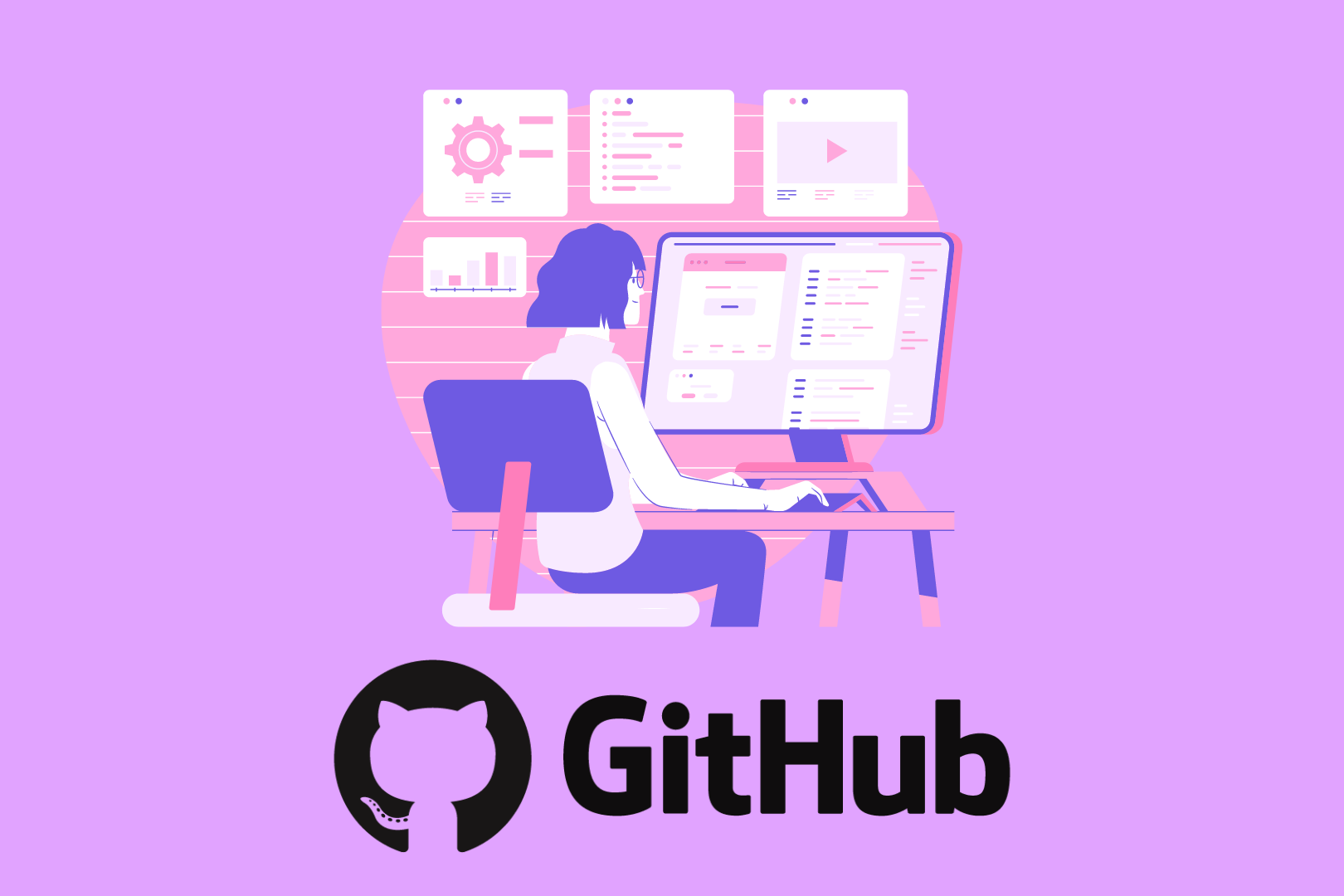Connect GitHub and Easybill to Build Intelligent Automations
Choose a Trigger

When this happens...

New Issue

New Branch

New Release

New Pull Request

Issue Comment

New forked repository

New Public Repository

New Commit in Branch
Choose an Action

Automatically do this!

Create Customer

Delete Customer

Update Customer

Create Customer Groups

Delete Customer Group

Update Customer Groups

Get Customer

Create Discount Position

Create Position

Delete Position

Get Position

Update Position

Update Position Discount

Get Discount Position

Delete Discount Position

Create Discount Position Group

Create Position Groups

Get Position Groups

Update Position Groups

Delete Position Groups

Get Discount Position Group

Update Discount Position Groups

Delete Discount Position Group

Create Project

Get Project

Update Project

Delete Project

Create Task

Get Task

Update Task

Delete Task

Create Text Template

Get Text Templates

Update Text Template

Delete Text Template

Create Serial Number

Get Serial Number

Delete Serial Number

Create Stock

Get Stock

Create Document

Get Document

Delete Document

Update Document

Cancel Document

Send Document

Convert Document

Create Document Payments

Get Document Payment

Delete Document Payment

Create Time Tracking

Update Time Tracking

Delete Tracking Time

Create SEPA Payment

Update SEPA Payment

Delete SEPA Payment

Create a Contact

Update a Contact

Delete Contact

Delete Post-Boxes

Complete Document

Get Customer (1)
Use the Built-in Integrations
Actions and Triggers
When this happensTriggers
A trigger is an event that starts a workflow.
New Issue
Triggers when a new issue is created in a repository.
New Branch
Triggers when a new branch is created in a repository.
New Release
Triggers when a new release is published in schedule time in a repository.
New Pull Request
Triggers when a new pull request is created or updated.
Issue Comment
This event triggers whenever a comment is created, edited, or deleted on an issue or pull request.
New forked repository
Triggered when a repository is forked.
Do thisActions
Action is the task that follows automatically within your GitHub integrations.
Create Issue
Creates a new issue in a specified repository.
Find a Repository
Find a specific Repository.
Find a Pull Request
Finds a specific repo pull.
Update Issue
Updates an existing issue.
Create a Comment in pull request
Creates a new comment in an Pull Request.
Find a Issue
Finds a specific repo issue.
Know More About Github and Easybill Integrations

6 Ways to Automate GitHub
Learn how to automate GitHub with six practical strategies. Boost your productivity and simplify your projects with our insightful recommendations.

How viaSocket Works | A Complete Guide
Gain insights into how viaSocket functions through our detailed guide. Understand its key features and benefits to maximize your experience and efficiency.

5 Simple Automation Hacks to Make Your Team Free
Unlock your team's potential with 5 straightforward automation hacks designed to streamline processes and free up valuable time for more important work.
Frequently Asked Questions
To start, connect both your GitHub and Easybill accounts to viaSocket. Once connected, you can set up a workflow where an event in GitHub triggers actions in Easybill (or vice versa).
Absolutely. You can customize how GitHub data is recorded in Easybill. This includes choosing which data fields go into which fields of Easybill, setting up custom formats, and filtering out unwanted information.
The data sync between GitHub and Easybill typically happens in real-time through instant triggers. And a maximum of 15 minutes in case of a scheduled trigger.
Yes, viaSocket allows you to add custom logic or use built-in filters to modify data according to your needs.
Yes, you can set conditional logic to control the flow of data between GitHub and Easybill. For instance, you can specify that data should only be sent if certain conditions are met, or you can create if/else statements to manage different outcomes.
About GitHub
GitHub is a platform for version control and collaboration, allowing developers to work together on projects from anywhere. It provides tools for code review, project management, and continuous integration.
Learn MoreAbout Easybill
Easybill is a comprehensive invoicing and billing platform designed to simplify the process of creating, managing, and sending invoices. It offers features such as automated invoice generation, expense tracking, and financial reporting, making it an ideal solution for businesses looking to streamline their billing operations.
Learn More